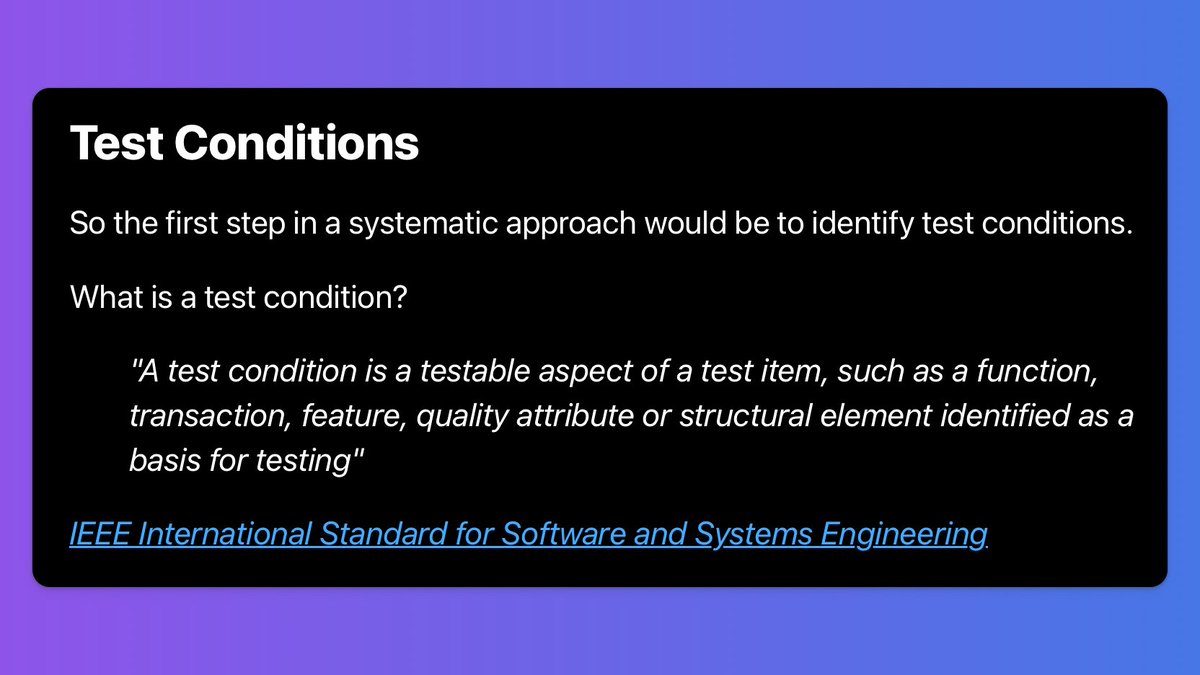Consider a list of predicates for an object and the fact that there is a logical priority of considering them.
This is just an example, so please do not focus on the requirements themselves.
This is just an example, so please do not focus on the requirements themselves.

Left side contains a case statement without a case condition and the right side the same logic implemented with if/else.
Which one do you prefer and why?
Which one do you prefer and why?

Here is an alternative (right side) using guard clauses instead of if/else.
Which one do you prefer and why?
Which one do you prefer and why?

Somehow, for me, the case statement makes more sense when I take into consideration:
• the order in how the conditions are assessed
• it is a bit more open to add more statuses
• I somehow feel a bit uneasy after using 2 guard clauses (or early returns) in a method
But I like also the variant with guard clauses or the if/else.
• the order in how the conditions are assessed
• it is a bit more open to add more statuses
• I somehow feel a bit uneasy after using 2 guard clauses (or early returns) in a method
But I like also the variant with guard clauses or the if/else.
@igor_alexandrov I know Rubcop has a rule about this which maybe it is on by default? But I was wondering why is that
• • •
Missing some Tweet in this thread? You can try to
force a refresh
















